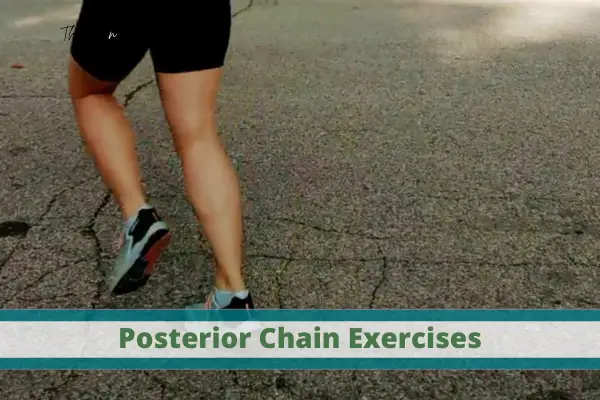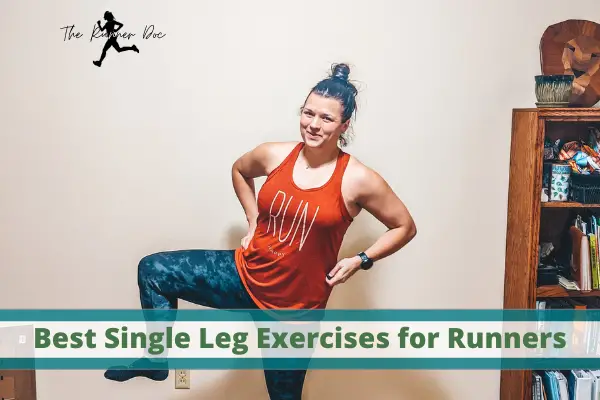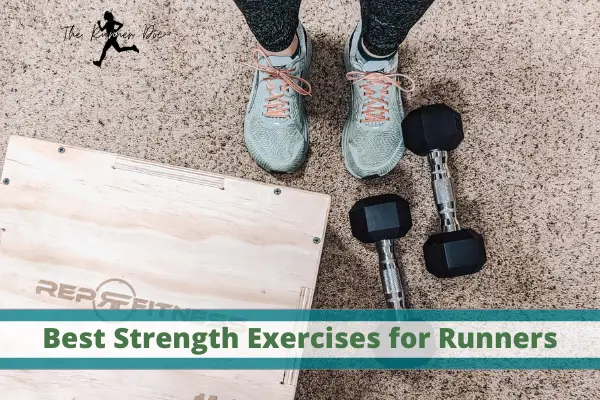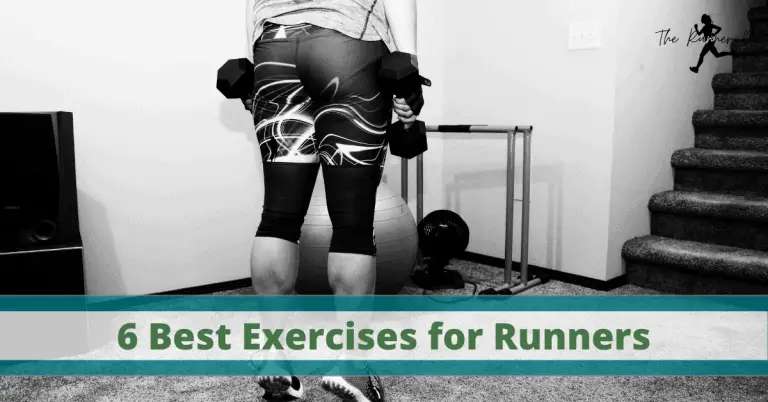Strengthen Posterior Chain to Help You Become a Better Runner
Why do runners need to strengthen the posterior chain?
One thing that is often overlooked by runner is working to strengthen the posterior chain to become a better runner. The posterior chain muscles are located in the back of your body and include your hamstrings, glutes, back, and calves. These muscles play a vital role in running by providing power and forward propulsion. Additionally, strengthening these muscles can help prevent running injuries. If you’re looking to improve your running performance, don’t forget to focus on your posterior chain!
What are the Posterior Chain Muscles and What Do They Do for Runners?
How does your backside affect your running? The answer is that it has a huge impact on how well you perform and what injuries you might experience. Your posterior chain muscles make up the large muscle group at the very back of your body, and they work together to help stabilize and move you forward as you run.
The glutes, hamstrings, erector spinae (lower back), quadratus lumborum (a deep abdominal muscle), and multifidi (muscles between vertebrae in the lower spine) all provide essential support for runners. When one of these muscles is weak or injured, it can cause pain or injury to areas farther down the kinetic chain such as knees or hips.
Think of the posterior chain as a kinetic link from your foot to your hips. This works by having the hamstrings and gluteus maximus create hip extension. Then, the gastrocnemius and soleus, along with the plantar-flexing tibialis anterior sustain propulsion through the foot strike, toe-off, and push-off.
Why runners should strengthen the posterior chain muscles
The posterior chain muscles play a vital role in running. They help to stabilize and move you forward, and when they are weak or injured, they can cause pain or injury to other parts of the body, specifically the knees. This is why it is important for runners to regularly strengthen these muscles.
Strengthening your posterior chain can help you become a better runner by reducing knee pain, fatigue, and injury. It also often leads to increased speed due to improved running form or economy of motion. A weak posterior chain is often the root of overstriding!
As runners, we can easily fall into a quad-dominant scenario, where our hamstrings and glutes are not working as hard as they should. This is often due to the amount of time we spend sitting down. When our posterior muscles “forget” how to work, our anterior muscles have to take over. This leads to a number of problems, including reduced running performance and an increased risk of injury.
Often, I see runners thinking only about the front of their bodies (quads) because they are moving forward. Runners flex the hips in order to move forward and extend (straighten) the knee which is the function of the quads. But we need the push-off behind us as well. This is where the posterior chain comes in!
How to Determine if a Runner’s Posterior Chain is Weak?
How can you tell if your posterior chain is weak? If you spend most of your day sitting, you can pretty much guarantee your posterior strength leaves something to be desired.
Also, most people that are quad dominant will end up experiencing some form of knee pain during their running careers. Back pain can be another indicator of a weak or underdeveloped posterior chain.
Finally, there is the performance aspect. If you feel your power is lacking, there’s a good chance you’re not using all muscles available to you. Running biomechanics are complex, heck the human body is extremely complex and things must work together as designed in order to get the most power and efficiency out of them. If you feel like you just can’t improve your speed or even endurance then maybe it is time to check out your strengthening program and see where it is lacking!
When should runners start strengthening the Posterior Chain?
Runners should begin strengthening their posterior chain muscles as soon as possible! It isn’t a one-time thing but an ongoing part of your training program.
In the beginning, if you are new to strength training that is, start with some bodyweight exercises. My FREE 4 week Beginner’s Program shows new runners (and seasoned ones new to strength training) how to slowly build up a running base while incorporating strengthening exercises as well!
How Runners Should Strengthen Their Posterior Chain Muscles
The posterior chain muscles are a group of muscles located at the back of the body. They include the hamstrings, glutes, calves, and spinal erectors. These muscles are responsible for movements such as pointing your toes, extending the hips, and stabilizing the spine.
For runners, it is important to keep these muscles strong and flexible. This is because the posterior chain muscles play a key role in running performance. They help to propel you forward and maintain good posture while you run.
If your posterior chain muscles are weak, you may experience pain in your lower back or hips. You may also find it difficult to maintain good running form. Fortunately, there are a number of exercises that you can do to strengthen your posterior chain.
Stabilized exercises are great for building strength, even in runners. But, getting a combination of stabilized and unstabilized (think single-leg activities) will make you a more well-rounded and injury-resistant runner. By incorporating in single leg exercises you will not only build strength but challenge your balance, proprioception, agility, and reactivity which directly translate over to the random movements that we experience when running.
Best Exercises to Strengthen Posterior Chain Muscles in Runners
The following are 5 effective ways/exercises to strengthen your posterior chain muscles:
1. Kettlebell Swing – Not only do you get a great hip hinge for the posterior chain but this is truly a full body exercises. In addition to the muscles it works on muscular coordination as well!
How to Perform a Kettlebell Swing – Place feet slightly wider than hip-width apart with toes turned out. Bend forward at the hips and grab hold of a kettlebell with both hands. Once in position, exhale and tighten your core muscles to swing the kettlebell between your legs and towards your backside. Drive through your heels and keep your spine in a neutral position as you thrust your pelvis forward and drive up onto the balls of your feet. Your shoulder should be pulled back, shoulders down, chest up, eyes straight ahead looking forwards not upwards. Pause for one second at the top contracted position then exhale as you lower the weight back down between your legs for the next repetition.
Remember that the momentum/movement of the kettlebell should be coming from your legs and not your arms!
2. Single Leg Deadlift – The single leg deadlift targets almost every posterior chain muscle as well as some hip stabilizers since it is a single-leg exercise. It consists of raising a dumbbell from the floor to hip height using one leg with your spine in a neutral position. You can also start by doing this without any weight and still have tremendous gains.
How to do the Single Leg Deadlifts – Stand on one foot with your knee slightly bent and your arms straight down by your side. Keep your head up and back flat as you hinge at the hips and lower towards the ground keeping weight on the heel of the working leg. While descending keep control and balance and slowly raise back up maintaining an upright posture throughout. If this variation is too difficult, then try it without any weight or do it in B stance (kickstand) by setting your non-working leg on the ground for more stability!
3. Reverse Hyperextension on Ball – This lower back strengthening exercise strengthens the glutes, hamstrings, upper back extensors (lats), erectors (lower back), and even abdominals! It also works on balance and coordination.
How to do the Reverse Hyperextension – Lie face down over a physioball with your legs straight behind you. Your arms can be bent out in front of you for more stability or holding onto the sides of the ball depending on your comfort level. Start by slowly raising your upper body up, keeping a strong core and glutes. Hold this position for 2 seconds then lower back down under control for 1-3 sets of 8-12 repetitions.
4. Single Leg Bridge – The single leg bridge is a great exercise that focuses primarily on increasing hamstring flexibility while also strengthening the quadriceps, glutes, hamstrings, and even abdominal muscles! There are many different ways to perform this exercise with varying levels of difficulty.
How to do the Single Leg Bridge – Lie on your back with knees bent and feet flat on the ground in front of you. Raise one leg up keeping the opposite foot firmly planted on the floor for balance purposes. Your head should be resting on the floor or by putting a small rolled-up towel under it to keep proper alignment throughout. Once in position, push through your heel contracting your glutes, hamstrings, quads, abdominals, and even upper back muscles while raising your hips up towards the ceiling until there is a straight line from head to pelvis/knee. Hold this position for 2 seconds before lowering down slowly for 1-3 sets of 8-12 repetitions each leg depending on your level of fitness.
5. Face Pulls – This exercise trains the lower trapezius and rear deltoids as well as posterior deltoids (back of shoulders) and some rotator cuff muscles.
How to do Face Pulls – Grab a rope attachment from a cable machine or use a resistance band if you are doing this at home. Stand upright with your feet shoulder-width apart. Keep your head up looking forward and not down. With straight arms pull the cables/band back towards your face contracting your shoulder blades together while squeezing through your upper and mid-back and rear deltoids. Pull until the bands/cables are touching your face, hold for 1 second then slowly bring it back to starting position while maintaining good form for 1-3 sets of 10-15 repetitions depending on your fitness level.
Now that you know the top 5 posterior chain exercises for runners, get in there and do them!
Make sure you have a great warm-up before you begin any exercise routine and check with a professional before starting this or any exercise program.
Final Thoughts on Posterior Chain Muscles for Runners
Runners should be strengthening their posterior chain muscles because they’re often neglected and can lead to injury. The 5 best exercises for runners are Single Leg Deadlifts, Reverse Hyperextension on Ball, Face Pulls, Single-Leg Bridge, and kettlebell swings.
The posterior chain are the powerhouse muscles for runners that help propel us forward quickly and efficiently while also preventing injuries. Having a well-rounded strength-training program will not only make you a stronger runner but will help improve your form and prevent injuries.
Related Articles to Preventing Injuries with Posterior Chain Strength in Runners
AFFILIATE DISCLOSURE
As an Amazon Associate, I earn from qualifying purchases. This post may contain affiliate links. If you use these links to buy something we may earn a commission. The Site may contain links to affiliate websites, and we receive an affiliate commission for any purchases made by you on the affiliate website using such links.
Become a Better Runner with Posterior Chain Strength
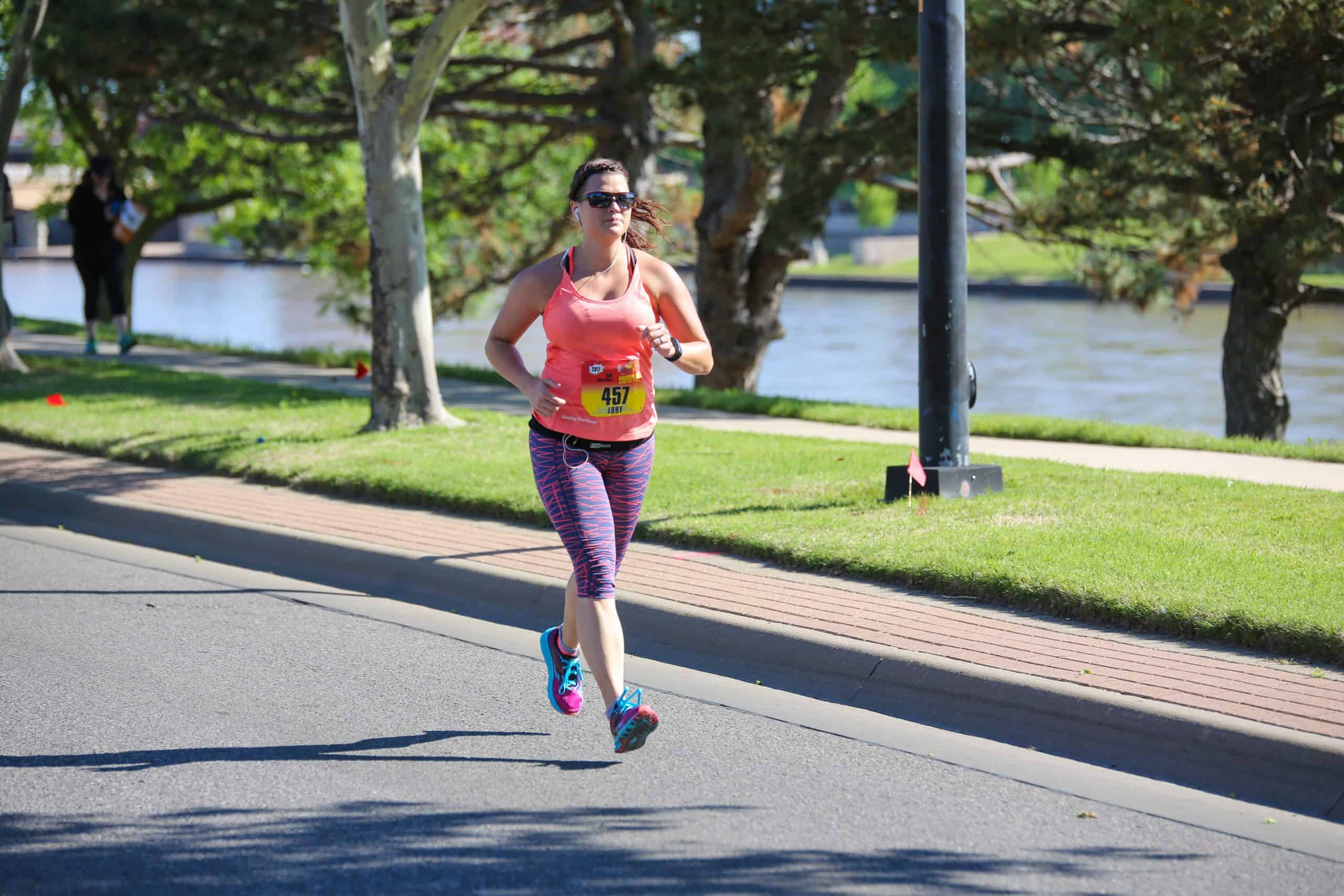
Dr. Abby Siler, PT, DPT is a Physical Therapist with 10 years of experience in a variety of settings. She has spent the majority of her time treating athletes in orthopedic clinics and worker’s compensation cases. She is a runner herself for the past 15 years and a lifelong athlete. Dr. Abby loves to teach runners how to stay injury free and out of her clinic.

